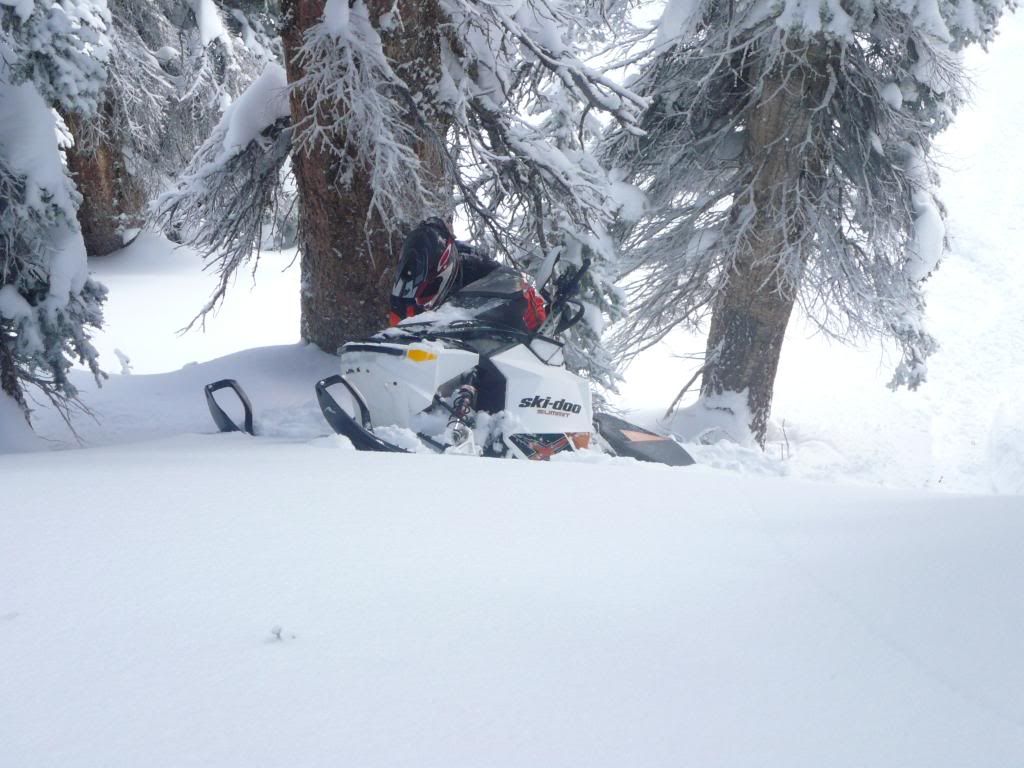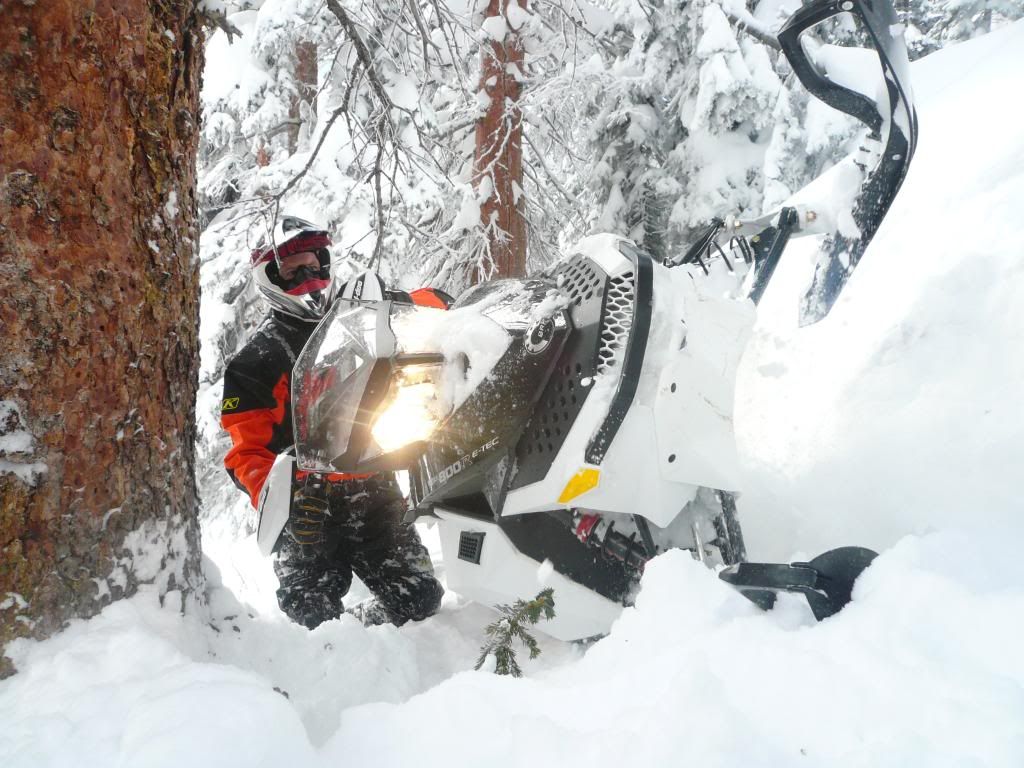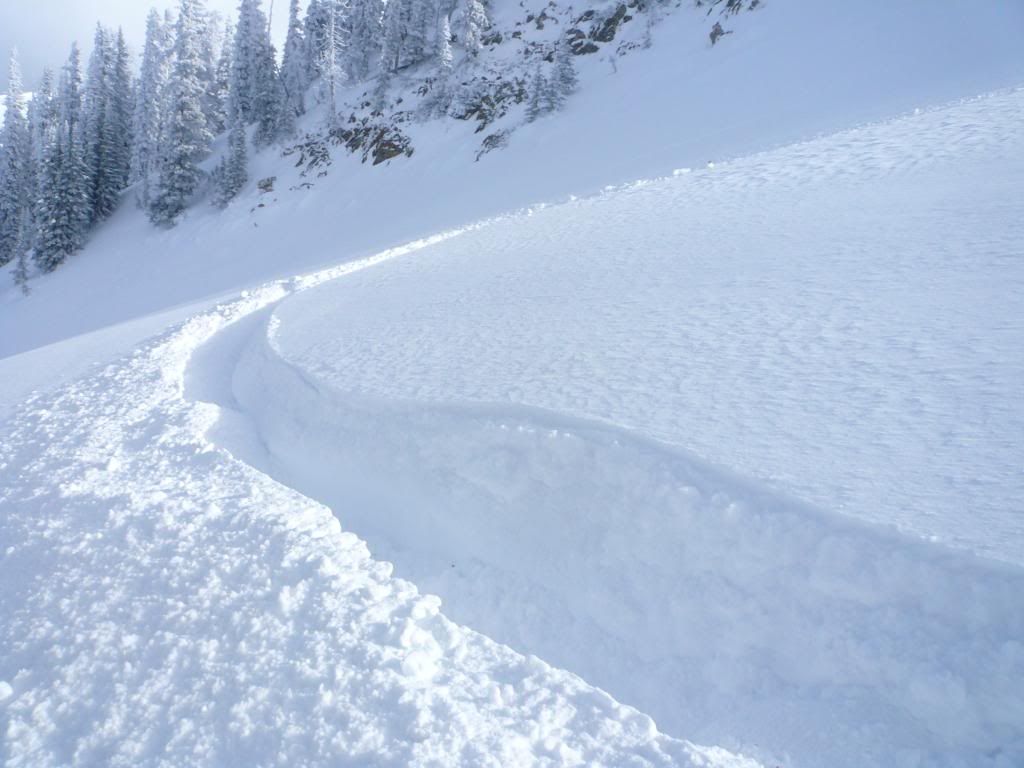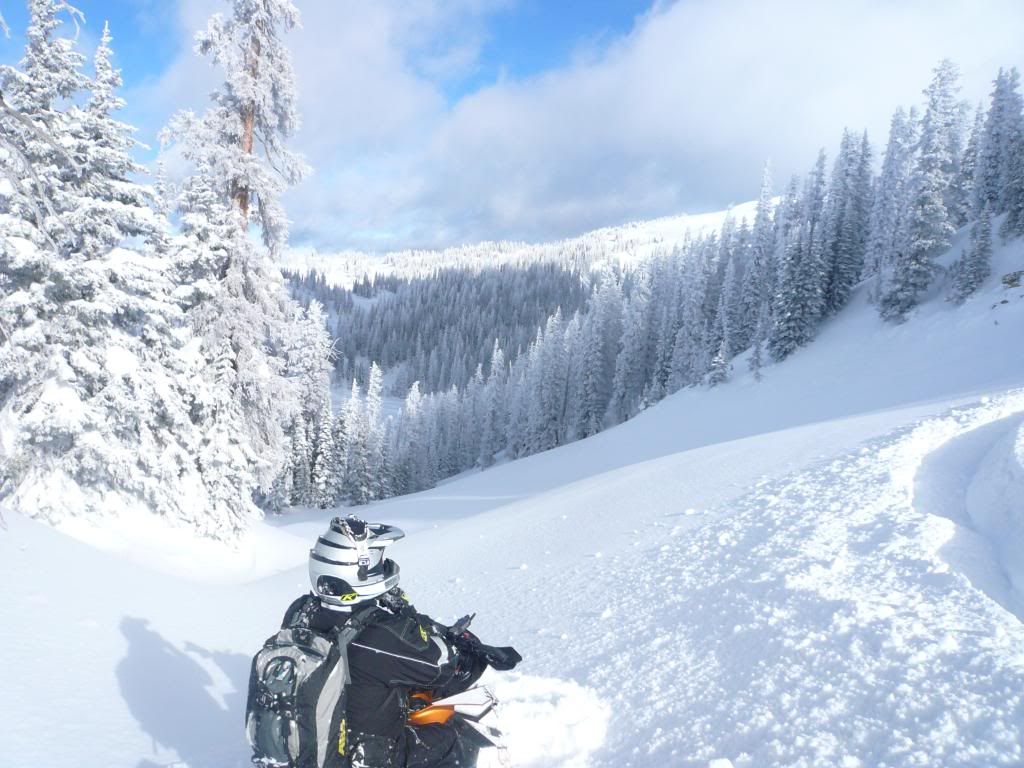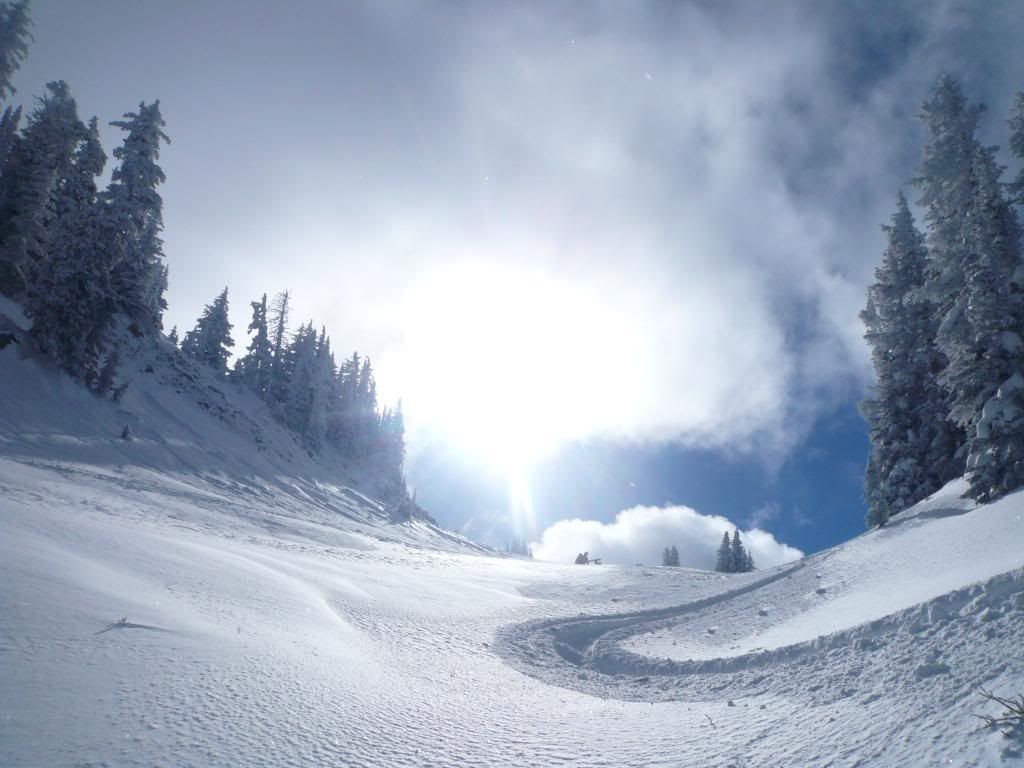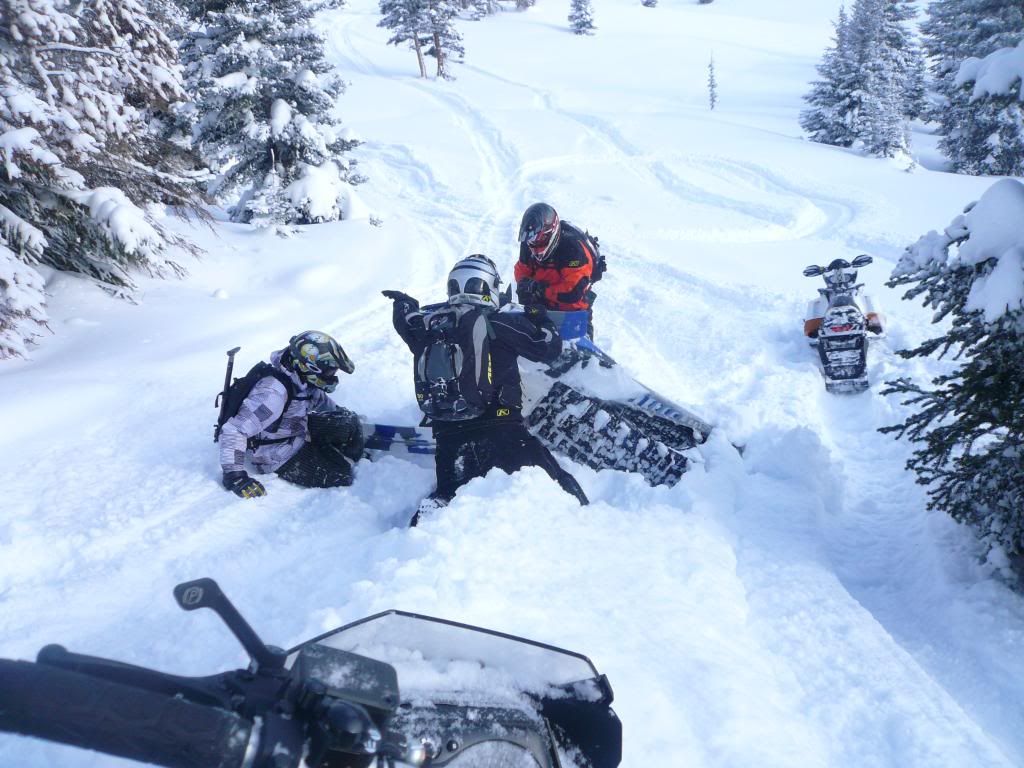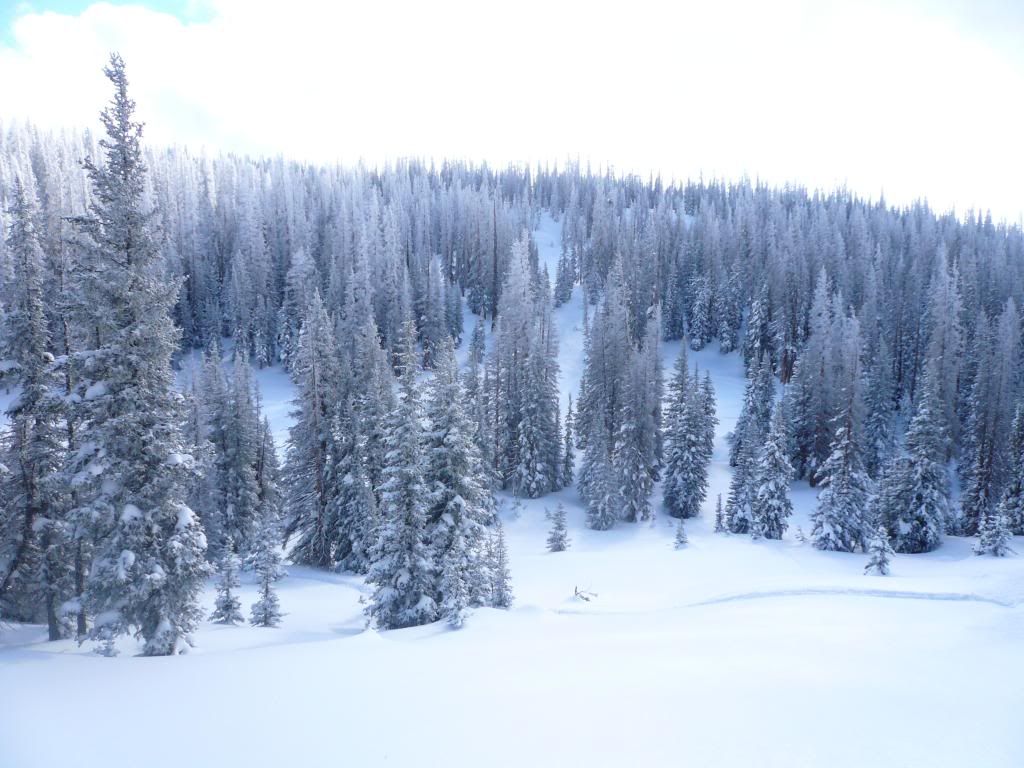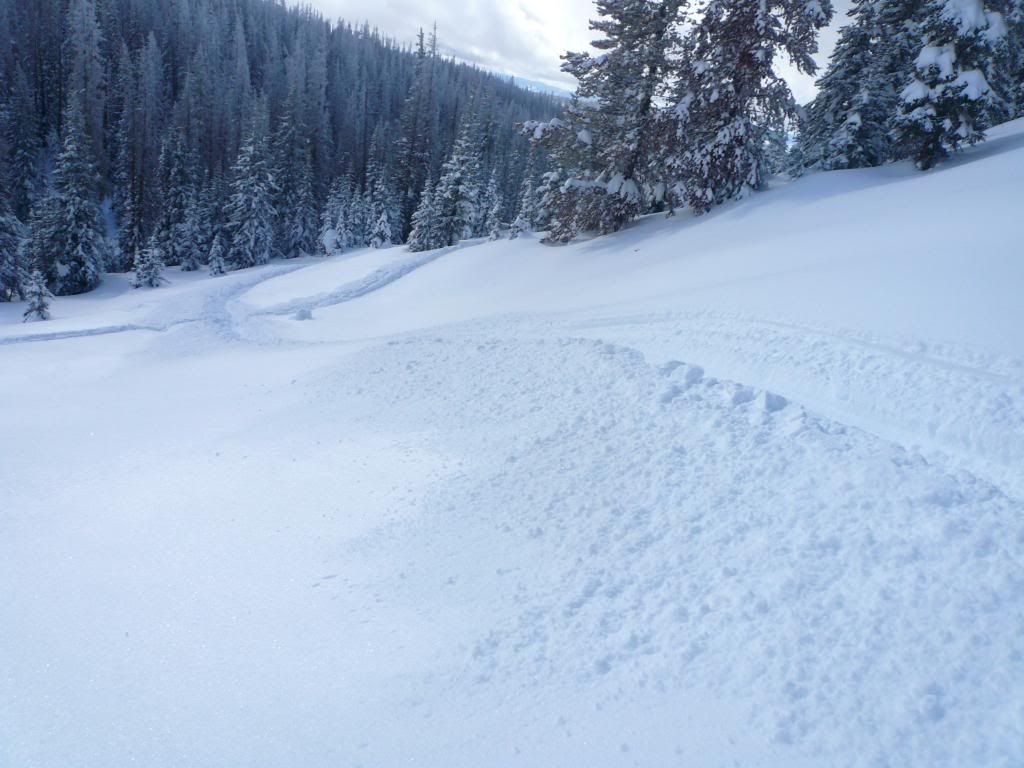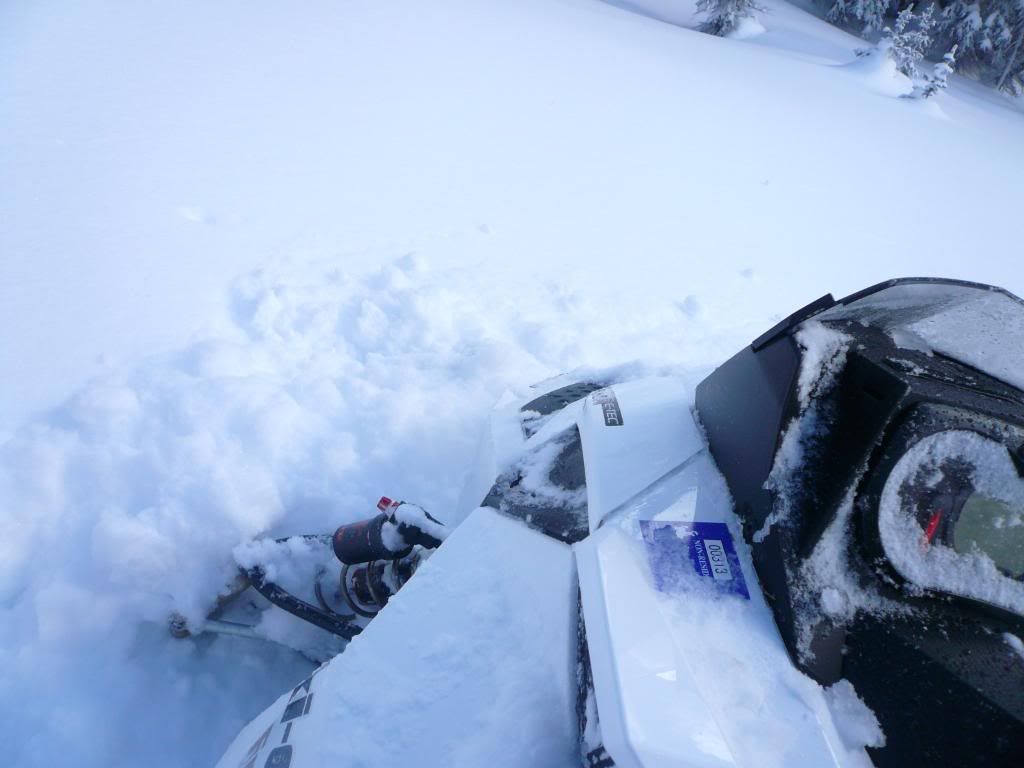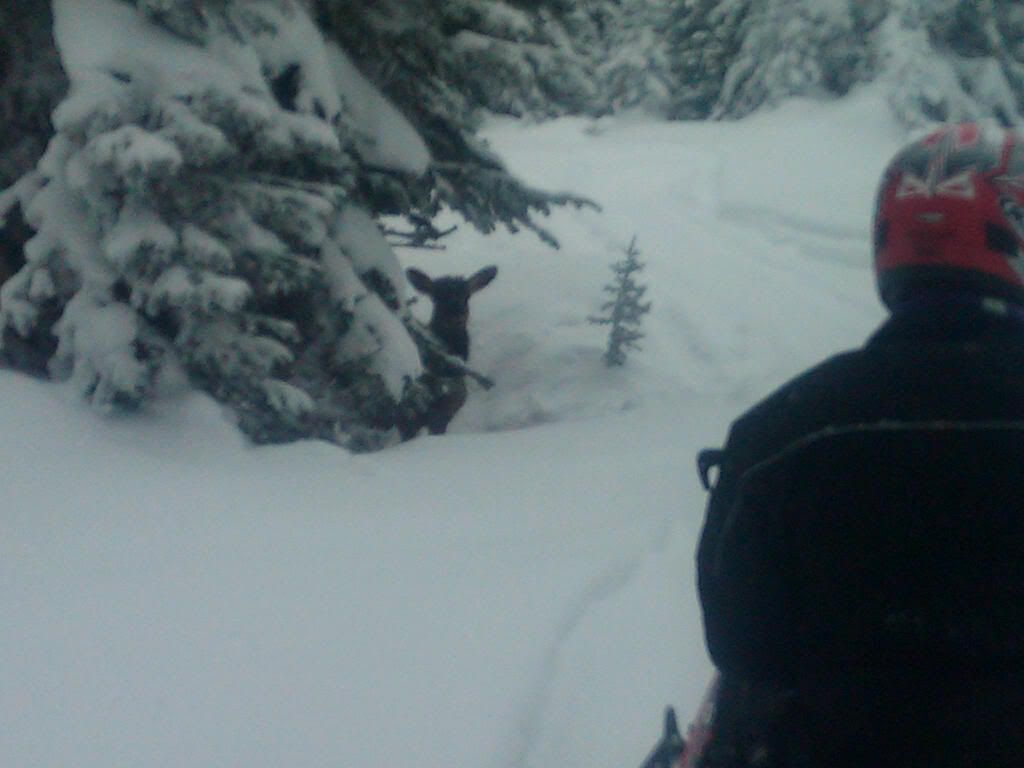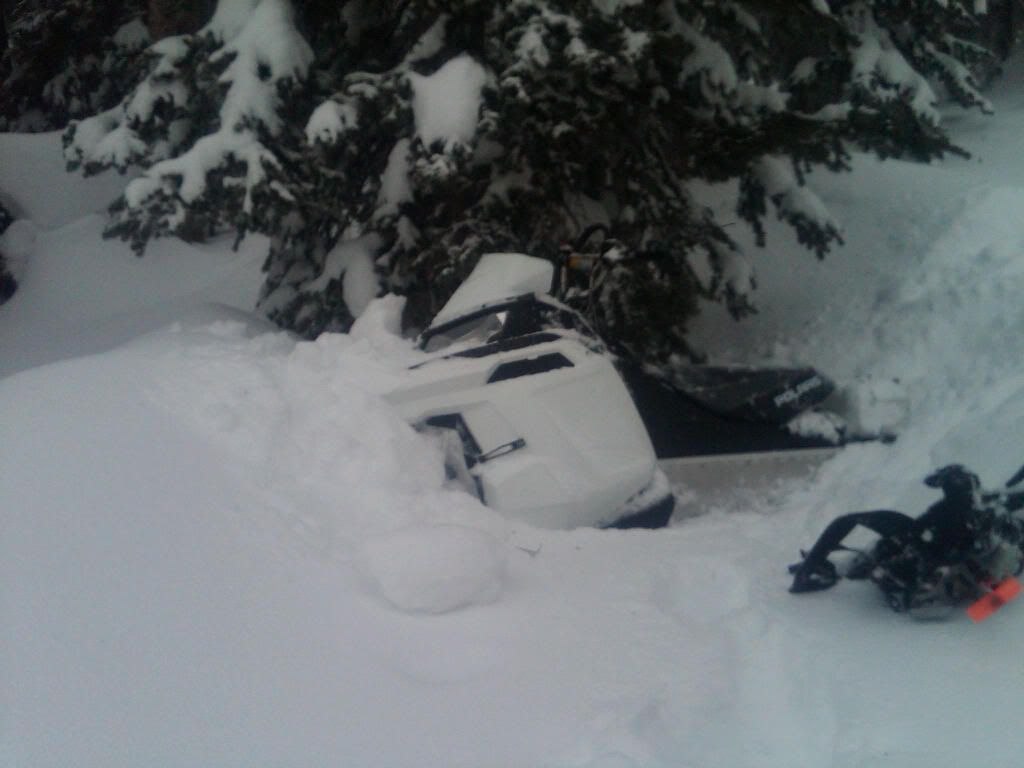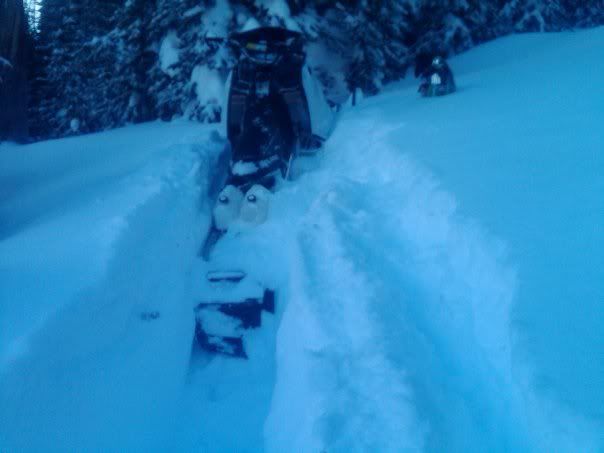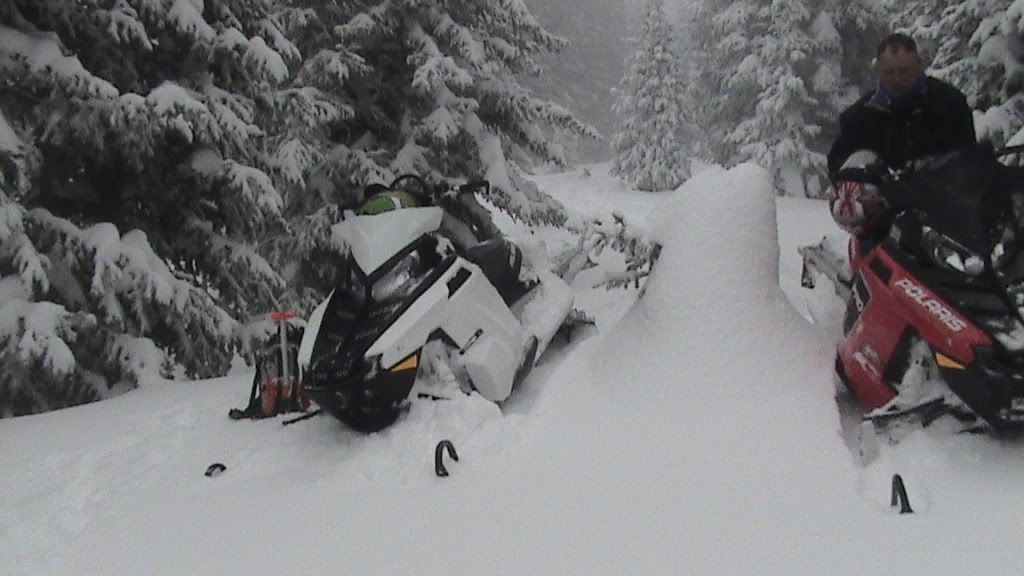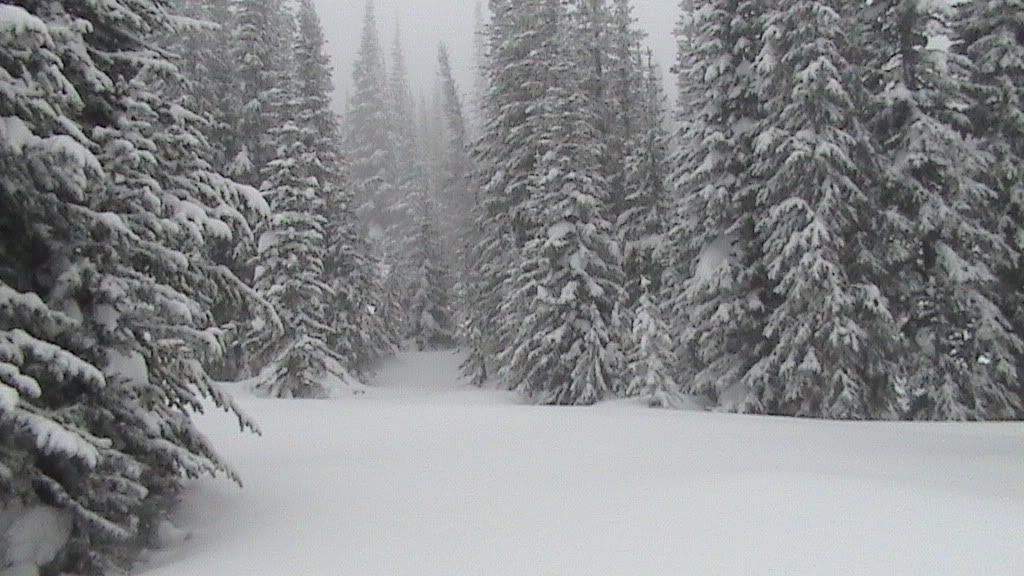Avy Forcast 12.17.X
Backcountry Avalanche Forecast for Front Range
Issued: 12/17/2010 7:01 AM by Brian Lazar
Highlights
No new snowfall to report for the Front Range zone this morning, but we did see 5 to 10" of new snow in parts of the zone from yesterday, and winds just barely strong enough to transport and build fresh soft shallow slab. We have a break in the moisture today, until the next system moves into the state this afternoon, and snowfall begins to ramp up tonight. This next system looks impressive, and we should see some healthy snowfall totals over the weekend. Time to start thinking about what kind of load it will take to trigger those deeper buried weak layers.
Avalanche Danger
The avalanche danger for the Front Range zone is CONSIDERABLE (Level 3) on north through east through southeast aspects steeper than 35 degrees above treeline where the storm slab has stiffened. Skier triggering of the storm slab is likely in these terrain features. Elsewhere near and above treeline, the danger is MODERATE (Level 2). Skier triggering of the deeper slab is possible where the slab thins. Below treeline, the danger is MODERATE (Level 2) on north through southeast aspects, and LOW (Level 1) on other aspects.
Snow & Avalanche Discussion
The recent storm snow and moderate westerly winds at higher elevations combined to build fresh soft shallow slab. Yesterday, a skier in the Jones Pass area triggered this slab on a north aspect at approximately 12,500 feet. The slab was 600 feet wide, 1 to 1.5 feet thick, and ran about 500 vertical feet. The slide piled up 4-8 feet of debris, and partially buried the skier, but there were no injuries. This stiffening storm slab is one of the primary avalanche concerns today, and will be most easily triggered on steep north through east through southeast aspects above treeline. Danger will rise over the weekend with up to a foot of snowfall accumulating by Monday morning.
The other concern remains the deeply buried weak layers associated with the October crust and the mid-November dry period. While these deeper slabs are hard to trigger, when they do release, they are producing some large avalanches. Examples of this include several explosive, and one snowmobile, triggered avalanche since the weekend. These slides were deep, wide, and ran a long way. Hard slabs are scary because while the likelihood of triggering these may be small, the consequences of doing so are big. Hard slabs often lure backcountry travelers well out onto the slab before they release, and make escape difficult. You're mostly likely to trigger these deep hard slabs on steep (35 degrees or greater) north through east though southeast aspects near and above treeline, and in areas where the slab is thinner. This condition exists along the boundaries of cross-loaded terrain features, and along the bottom edges of start zones near ridgetops. Be cautious while traveling through any transitions in the terrain that produce obvious changes in snowpack thickness.


